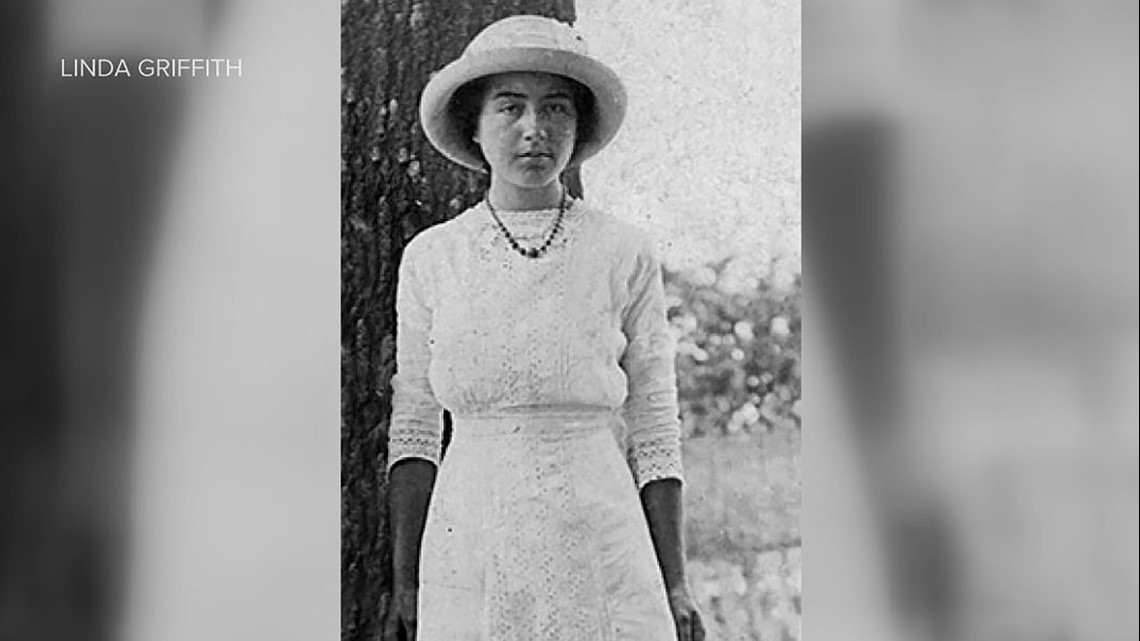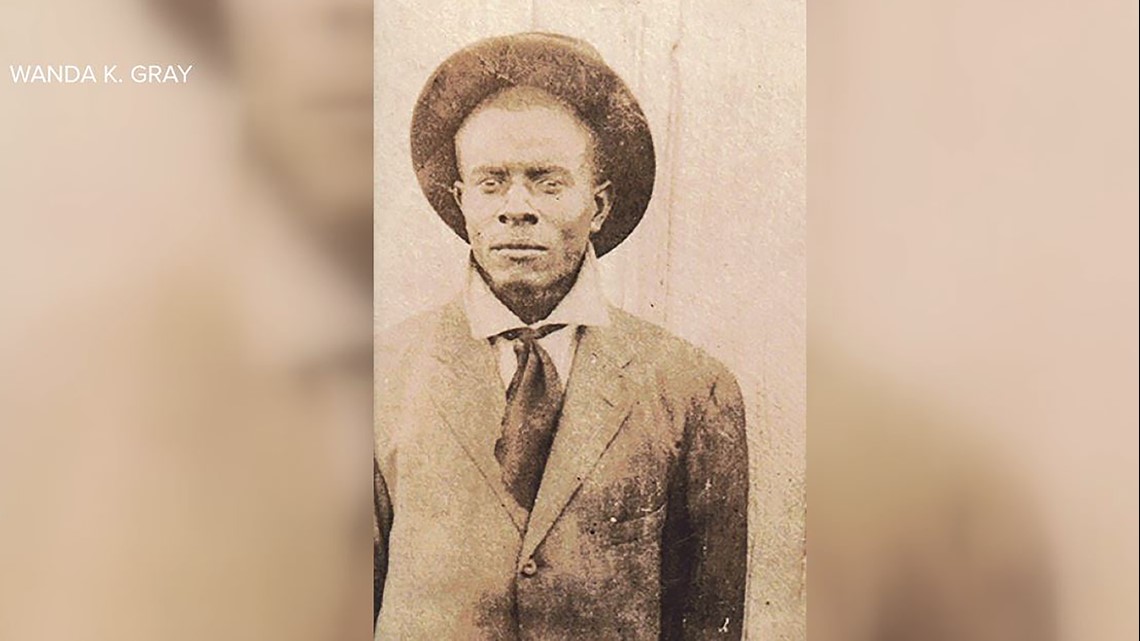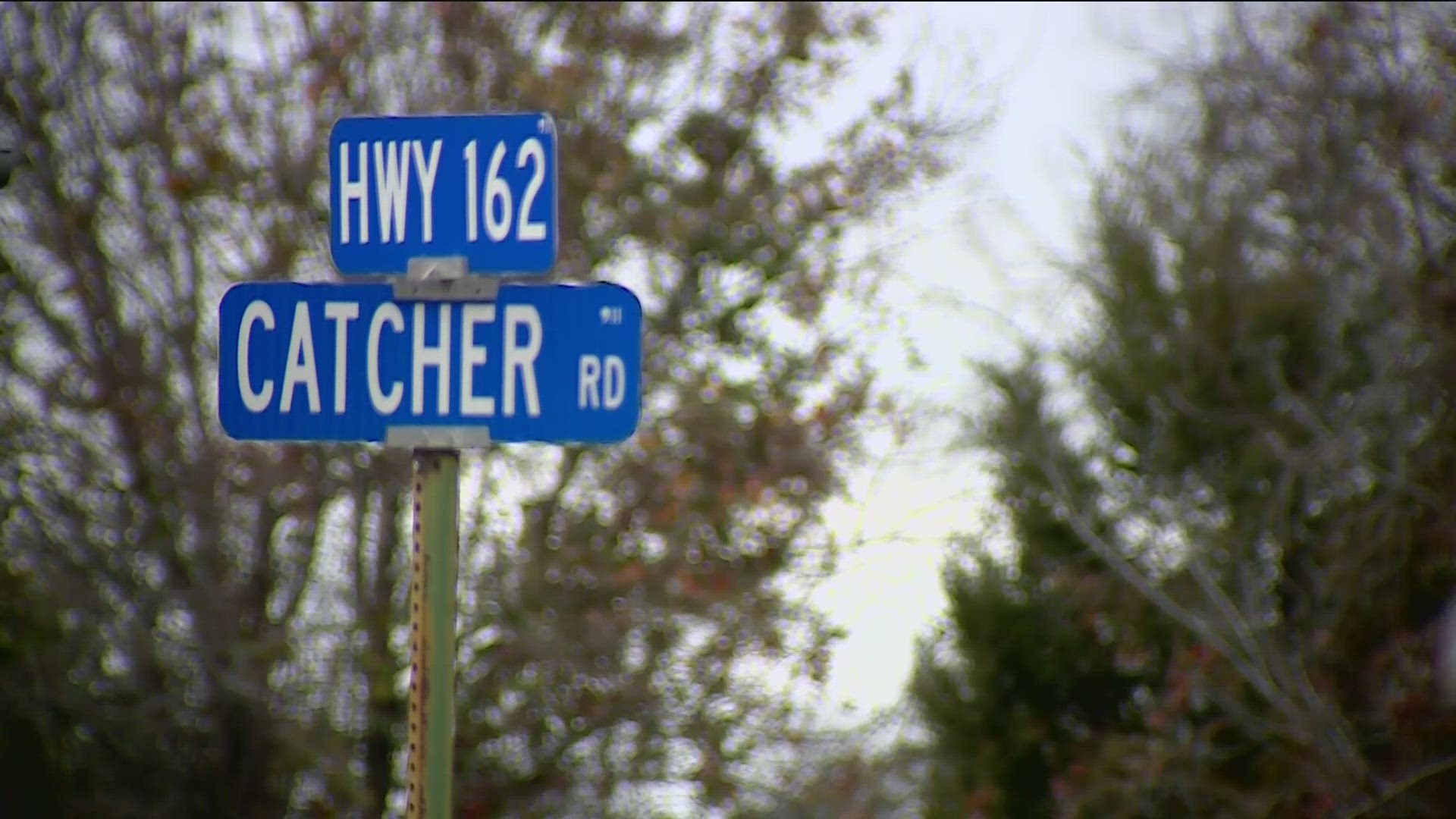VAN BUREN, Ark. — December 28, 2023, marked 100 years since the events that have been called the "Racial Cleansing of Catcher,” a rural town between Fort Smith and Van Buren, that drove hundreds of black citizens away.
100 years later, local filmmakers are announcing plans for a documentary about the violent events that left one man and one woman dead, fifteen in prison, and drove 300 black citizens from their homes.
On December 28, 1923, the assault and murder of a young white woman served as the catalyst for the events in Catcher.
When 25-year-old Effie Latimer was found dead in her home, rumors that she had been raped and murdered by three black men prompted a group of white citizens to form a 500-person mob to punish the men accused of the crimes.


New research from Dr. Michael Anthony at the University of Arkansas helps paint a picture of what happened in Catcher and paved the way for an upcoming documentary.
“They were all wrongfully accused, and wrongly convicted of a crime that we believe was not committed by them, looking at facts,” Talicia Richardson, one of the minds behind the documentary, said.
Richardson has spent the past ten years looking into the history of Catcher, after she learned about the events from Dorothy J. White, the sister of William (Son) Bettis, one of the men accused of the crime. Richardson says her husband’s family was among the black citizens affected by the events.
After the three men accused of murdering Latimer in 1923, William (Son) Bettis, Charles Spurgeon Rucks, and John Henry Clay survived an attempt to lynch them, some of the mob turned on the other black citizens in Catcher.




“There was a group that went out trying to use scare tactics to get others to move, or get away from the area or else, and from there, you had a group of men, most of them named Richardson, standing their ground in a small room schoolhouse [or] community center, just to make sure that they protected their property and their rights as human beings,” Richardson said.
The 11 men in the schoolhouse refused to give in to the warnings to leave town and only surrendered when the National Guard got involved.
“The records with the state show that they actually had the first machine gun in the area, and they brought it up to this particular area. There was no gunfire, thank God, but at that time, that's when the men surrendered,” Richardson said.
The violence ended with the shooting death of one of the suspect’s fathers by a deputy sheriff, 15 men in jail, and the exodus of all of the black families in town across the river to Fort Smith, forced to leave everything behind, including their land and mineral rights.
Now, 100 years later, Fort Smith International Film Festival executive director Dr. Brandon Chase Goldsmith and Sol Studios are following Dr. Michael Anthony’s dissertation on the topic through a documentary called “Catcher: Breaking the Code of Silence.”
“This type of history, as uncomfortable as it may be, is American history. It is Arkansas history. It is Fort Smith and Van Buren history, as well as Catcher history,” Richardson said.
She added that the events have an impact that can be felt generations later.
“Generational wealth, how is it created? It’s passed on from generation to generation. There were so many black families, black communities that were producing wealth at this time, in their own space, coexisting. And then, at any given time, the laws were not on their side, and that forced them to basically give their possessions, give their wealth away,” Richardson said.
Richardson said this documentary is a first step in what she hopes will be an even bigger movement of looking deeper, acknowledging what happened in history, and learning from it.
William Bettis and Charles Rucks were both executed for the murder of Effie Latimer, given the electric chair just six months later, in June 1924.
John Henry Clay, who was just 14 years old at the time of the murder, was sentenced to life in prison.
In 1928, he was found dead from exposure in a field near the Cummins Prison Camps in Lincoln County.
"Catcher: Breaking the Code of Silence" premieres February 10 at the King Opera House in Van Buren.
Watch 5NEWS on YouTube.
Download the 5NEWS app on your smartphone:
Stream 5NEWS 24/7 on the 5+ app: How to watch the 5+ app on your streaming device
To report a typo or grammatical error, please email KFSMDigitalTeam@tegna.com and detail which story you're referring to.

